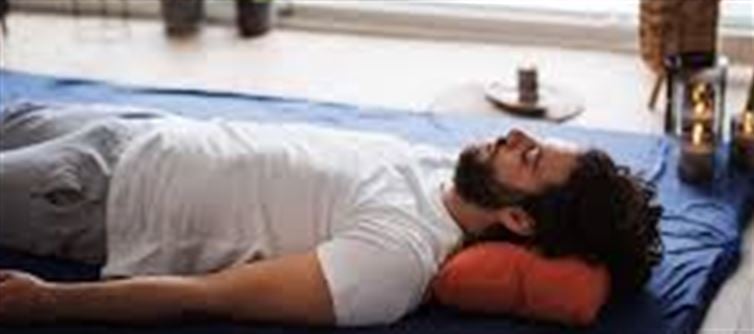
High blood pressure (hypertension) isn’t just an adult concern—stress, lifestyle and diet are affecting Gen Z too. The good news: gentle yoga, breathing and stretches can help manage blood pressure naturally. Let’s look at how.
1. Why Yoga & Stretching Help Lower Blood Pressure
· yoga combines postures (asanas), breathing (pranayama) and relaxation, which reduce stress‑hormone (cortisol) levels and activate the parasympathetic nervous system.
· Relaxed muscles and improved circulation help ease vascular resistance, meaning blood flows more smoothly through your vessels.
· Consistent practice has shown reductions in systolic (top number) pressure by ~5‑10 mmHg in clinical studies.
2. Top yoga Poses for High Blood Pressure
Child’s Pose (Balasana)
· A restful pose where you fold forward and allow your forehead to rest on the mat, arms either by your sides or extended.
· Benefits: Calms the nervous system, encourages slow deep breathing and helps reduce stress that can raise blood pressure.
Corpse Pose (Savasana)
· Lying flat, arms relaxed, eyes closed—pure relaxation.
· Why it helps: Lets the body shift into deep rest, lowers heart rate and eases nerves—especially useful after active practice or a stressful day.
Bound Angle Pose (Baddha Konasana)
· Sit, bring soles of feet together, knees drop outward. Lengthen spine, breathe.
· Great for increasing circulation, relaxing hips and lower back—areas that often tense up with stress.
Legs‑Up‑the‑Wall Pose (Viparita Karani)
· lie on your back with legs up a wall, relax arms to sides.
· Benefits: Eases pressure on the heart and legs, promotes venous return, calms the mind.
Standing Forward Bend (Uttanasana/Paschimottanasana)
· Bend forward from the hips, letting the head hang and spine lengthen.
· Stretching hamstrings and back while engaging deep breathing helps reduce tension and relaxes your system.
3. Breathing & Mind‑Calm Techniques
· Practice slow, deep breathing (like Anulom‑Vilom/alternate nostril) for 7–15 minutes daily—shown to help manage BP.
· End poses with a 2‑3 minute silent mindfulness/rest phase—this helps anchor the calming effect and reduce stress‑triggered spikes.
4. Safety & What to Avoid
· Avoid intense inversions (head below heart) like full shoulder stands, headstands or wheel pose—they may raise pressure temporarily.
· Always practise slowly, listen to your body, and stop if you feel dizzy or unwell.
· Consult your doctor before starting yoga if you have very high blood pressure, heart disease or are on medication.
💡 Bottom Line
Yoga isn’t just flexibility—it’s a tool for your mind and cardiovascular health. By combining gentle poses, breathing, and mindfulness, you can support your blood pressure, reduce stress and promote healthier circulation. Start with 10‑15 minutes daily, stay consistent and you’ll likely feel calmer, stronger and more in control of your health.
Disclaimer:
The views and opinions expressed in this article are those of the author and do not necessarily reflect the official policy or position of any agency, organization, employer, or company. All information provided is for general informational purposes only. While every effort has been made to ensure accuracy, we make no representations or warranties of any kind, express or implied, about the completeness, reliability, or suitability of the information contained herein. Readers are advised to verify facts and seek professional advice where necessary. Any reliance placed on such information is strictly at the reader’s own risk..jpg)




 click and follow Indiaherald WhatsApp channel
click and follow Indiaherald WhatsApp channel